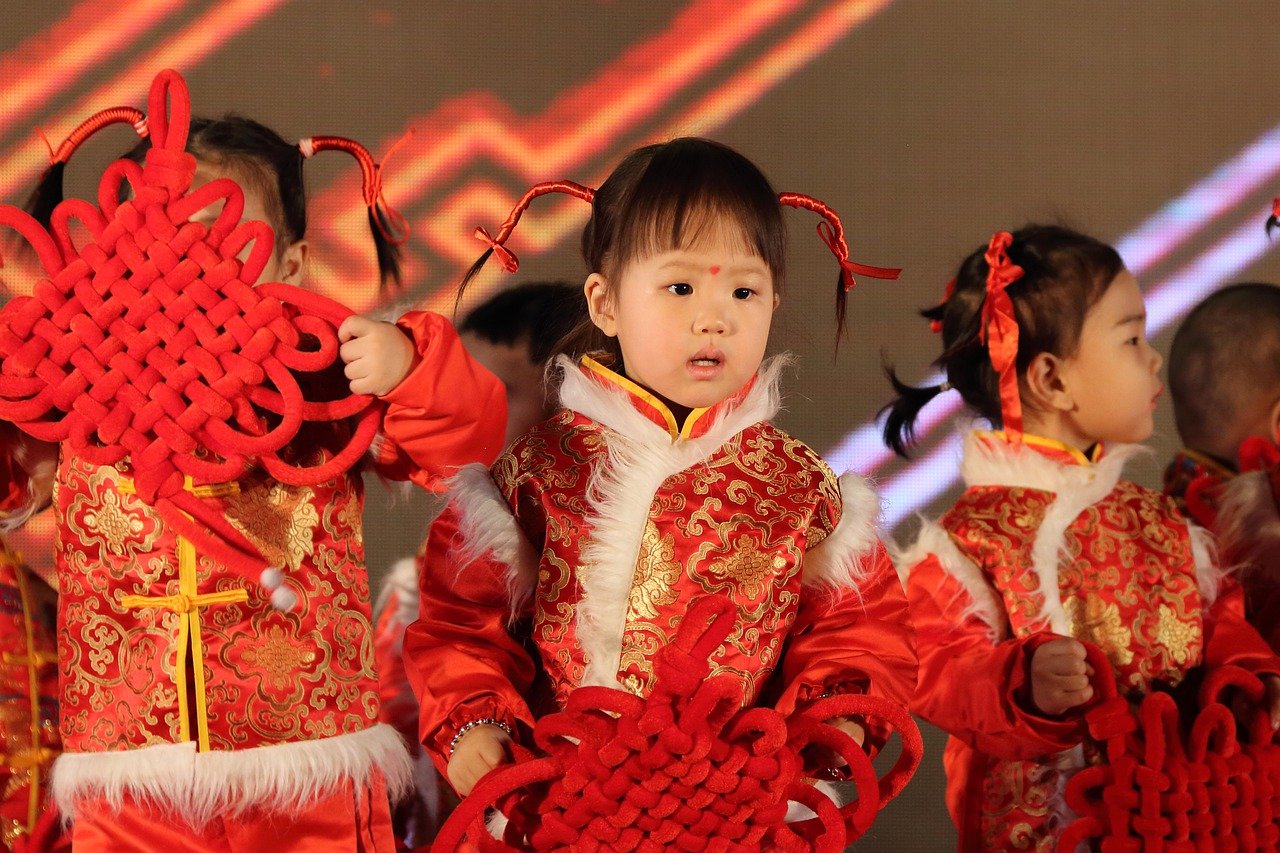Shares in Chinese manufacturers of children's toys, nappies and baby food rose sharply on the stock exchange, Reuters noted. Investors started putting money into the sector after the country's authorities raised the limit on the number of children in a family to three on May 31. Another trend that Reuters noticed: analysts have been much more likely to recommend securities for purchase following China's decision. This is despite the fact that many do not expect an immediate impact of the new policy on the birth rate, which is now declining in China, the agency added.
Several Chinese companies almost reached the 10% growth limit for the day. Shares in toy maker Goldlok Holdings rose 9.86%, Bloomberg data showed. The same happened with shares of Jinfa Labi Maternity & Baby Articles Co - they added 9.98% for the day. Shares of baby food supplier Beingmate also gained 9.98%, Shanghai Aiyingshi gained 9.99% and Ningbo David Medical Device Co gained 12.47%.
Hithink RoyalFlush Information Network, which deals with financial analytics and systems for it, compiled a stock index of companies that affect the third-child rule. That index rose about 2.5 per cent on Tuesday, while the standard index of Chinese companies was little changed, Reuters reported.
Since the 1970s, China has only allowed families to have one child. Only in 2015 did authorities increase the limit to two children. Over the past decade, China's population grew by 72 million people to reach 1.4 billion by the end of 2020, the census showed. The rate of population growth was the lowest ever recorded since 1953, the FT said. The data showed that China's population was ageing, with the share of Chinese aged 15-59 declining from 70.1% in 2010 to 63.35% in 2020, and in contrast the share of those aged 60 and over rising.
source: reuters.com
Several Chinese companies almost reached the 10% growth limit for the day. Shares in toy maker Goldlok Holdings rose 9.86%, Bloomberg data showed. The same happened with shares of Jinfa Labi Maternity & Baby Articles Co - they added 9.98% for the day. Shares of baby food supplier Beingmate also gained 9.98%, Shanghai Aiyingshi gained 9.99% and Ningbo David Medical Device Co gained 12.47%.
Hithink RoyalFlush Information Network, which deals with financial analytics and systems for it, compiled a stock index of companies that affect the third-child rule. That index rose about 2.5 per cent on Tuesday, while the standard index of Chinese companies was little changed, Reuters reported.
Since the 1970s, China has only allowed families to have one child. Only in 2015 did authorities increase the limit to two children. Over the past decade, China's population grew by 72 million people to reach 1.4 billion by the end of 2020, the census showed. The rate of population growth was the lowest ever recorded since 1953, the FT said. The data showed that China's population was ageing, with the share of Chinese aged 15-59 declining from 70.1% in 2010 to 63.35% in 2020, and in contrast the share of those aged 60 and over rising.
source: reuters.com





